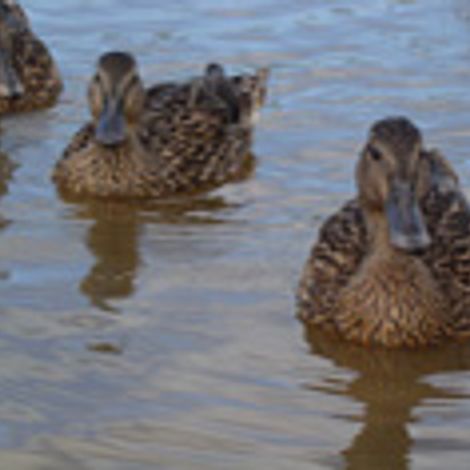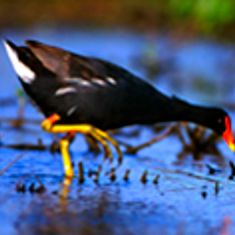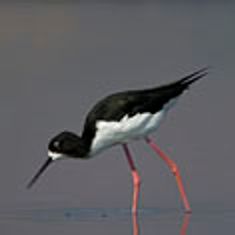Water quality & botulism in Hawaiian waterbirds





The Kawainui Marsh in Kailua is the largest remaining wetland in Hawaii. Designated as a Ramsar Wetland of International Importance, the Kawainui Marsh also provides habitat for four endangered Hawaiian waterbird species including the aeo (stilt), alae keokeo (coot),alae ula (moorhen), and Koloa Maoli (duck).i).
In addition to threats from habitat loss and predators, these waterbird species are also at risk from avian botulism outbreaks. This paralytic, often fatal disease occurs after ingestion of a neurotoxin produced by the microbial species Clostridium botulinum, which is most commonly found in low-oxygen conditions. This Gram-positive, anaerobic, spore-forming bacterium also produces the botulin toxin that make waterbirds sick (Type C in Hawai
Predicting avian botulism outbreaks is challenging, but they have been linked to changes in water quality. For example, water temperatures between 25 and 40°C, pH levels between 7.5 and 9.0, and salinity levels between 1.0 and 5.0 parts per thousand have been identified as ideal conditions for C. botulinum. We also know that dissolved oxygen levels are likely to influence outbreaks since the bacteria have anaerobic metabolisms.
I therefore plan to deploy sensors that can continuously monitor dissolved oxygen and temperature in four of the ponds at Kawainui Marsh where the Hawaiian waterbirds tend to nest and forage most frequently. This summer I would like to engage and pay an undergraduate researcher, KaiLeia Duriano, in helping me characterize water quality in these ponds. We will then pair our measurements with waterbird surveys conducted by Dr. Melissa Price’s lab group at University of Hawaii at Mānoa along with the avian botulism data from Dr. Lindsey Nietmann, Wildlife Biologist at Kawainui Marsh. This project would be KaiLeia’s first research experience. In addition to wanting to pursue her PhD, KaiLeia attaches personal and cultural significance to these waterbirds as a native Hawaiian.